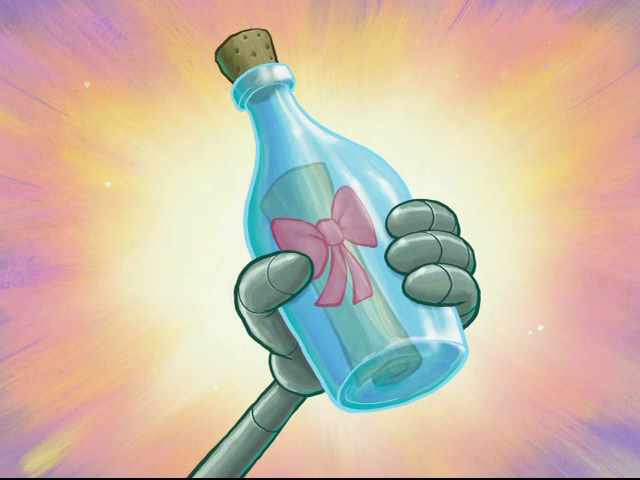 If you don’t have trust issues, you will soon. As millennials (thats you) push western society towards healthier, organic foods, many companies are starting to publish nutrition information online and in-store. For example, my favorite place to eat in State College, Chipotle, has a “nutrition calculator” on their website that contains nutrition information on their food. But have you ever gotten the feeling that the guy in Chipotle wasn’t giving you enough chicken? Maybe the girl next to him gives you far too much sour cream… gross. Either way, making a burrito for someone isn’t an exact science and the same applies to many food establishments and prepackaged goods across the country. The question I pose to you is, do you really think all nutrition facts are accurate? Are they even close?
If you don’t have trust issues, you will soon. As millennials (thats you) push western society towards healthier, organic foods, many companies are starting to publish nutrition information online and in-store. For example, my favorite place to eat in State College, Chipotle, has a “nutrition calculator” on their website that contains nutrition information on their food. But have you ever gotten the feeling that the guy in Chipotle wasn’t giving you enough chicken? Maybe the girl next to him gives you far too much sour cream… gross. Either way, making a burrito for someone isn’t an exact science and the same applies to many food establishments and prepackaged goods across the country. The question I pose to you is, do you really think all nutrition facts are accurate? Are they even close?

Diagram of a Bomb-Calorimeter – Courtesy of Hope College
The National Institute for Diabetes conducted a study in which they used bomb calorimetry, a method of determining the exact caloric content of food, to evaluate 24 different snack foods purchased from different convenience stores owned by Safeway Inc., a Fortune 500 company. What they found was pretty alarming. They analyzed everything from ice cream to cereal bars to evaluate the accuracy their nutrition facts really are. To start, they weighed the samples and found that the middle 50% of the food weighed 1.4-4.3% more than what was stated on the label. Furthermore, after using a bomb-calorimeter, they found that carbohydrate content exceeded stated amounts by 7.7% and the overall caloric content of exceed the nutrition facts by 4.3-8%. Upon analyzing their results, the variation in carbohydrate content and serving size was determined to account for 95% of the excess calories.
In a society where 35.7% of adults are considered obese, larger than stated serving sizes and food that contains more carbohydrates than people are told is problematic. Even more alarming is that the FDA actually allows this to happen; caloric content of food in the United States is allowed to be within 20% of the value companies claim. This presents a possible loophole in an industry that affects individuals’ health. What is stopping Hershey from understating the content of t Reese’s by 15% to make it seem healthier than it is?
In an “Op-Doc” piece for the New York Times, YouTuber Casey Neistat and researchers at the New York Nutrition Obesity Center partnered to analyze foods that Neistat ate on a normal day in New York City, here’s the video.
Neistat and the researchers found that a sandwich claiming to be healthy, vegan and kosher on the label contained a whopping 548.4 calories versus the 228 calories posted in its nutrition information. Also analyzed was a chipotle burrito, a Starbucks frappuccino, a muffin and a small Subway sandwich. Again using a bomb-calorimeter, the team found that all but the Subway sandwich exceeded the caloric content that was claimed. In total, the amount of extra calories Neistat consumed that day added up to the equivalent of unknowingly eating a Big Mac from McDonalds…. better stick to the $5 Footlongs.
However, the blame should not be laid entirely on Chipotle or Starbuck’s. In large corporations where serving size is determined by food scientists and management that is far detached from the actual food preparation and point of sale, some margin of human-error is to be expected. But is that acceptable? Obesity has taken somewhat of a back seat to climate change and economic turmoil in the past few years but it still exists; the average American is 24lbs. heavier today than in 1960. Additionally, the FDA’s Food Labeling Guide was published back in 1994 with small revisions in 2008, 2009 and 2013 that mostly addressed what was labeled and not how things were determined. As more and more of these nutrition fact discrepancies come to light there will be more pressure on the FDA to become more stringent in their guidelines. Your calculus professor does not give you a 20% margin of error on your midterms and the same should go for the food industry.
 In addition to stricter FDA guidelines, companies like Chipotle or Starbucks should implement better education programs for new hires that make portioning less variable. Going one step further, companies need to be more transparent about what goes into their food and publish ingredient information along with their nutrition calculators. Transparency would hold large corporations such as these more accountable for what they put in their food.
In addition to stricter FDA guidelines, companies like Chipotle or Starbucks should implement better education programs for new hires that make portioning less variable. Going one step further, companies need to be more transparent about what goes into their food and publish ingredient information along with their nutrition calculators. Transparency would hold large corporations such as these more accountable for what they put in their food.
Hand it over Mr. Krabs.
